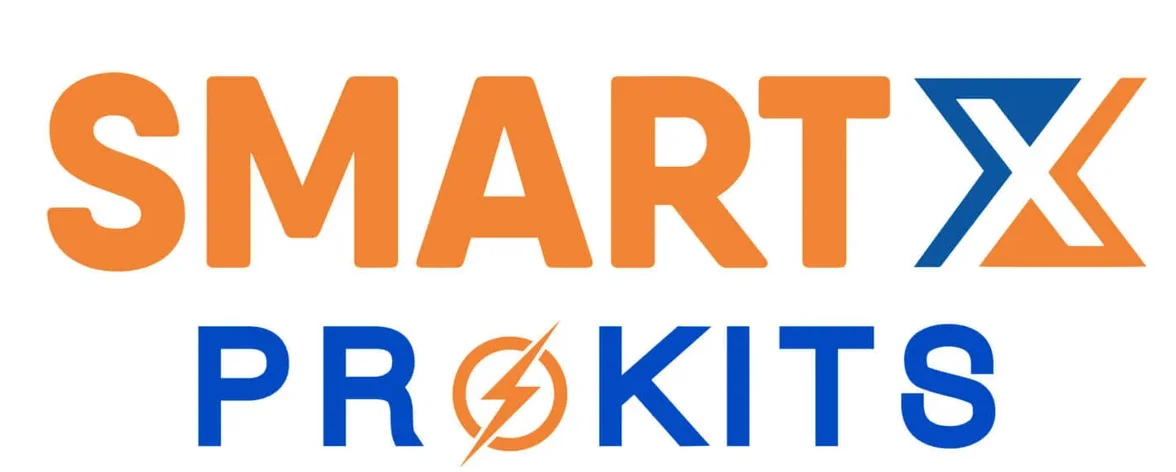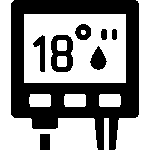Low Voltage Smart Thermostat Power – A Practical Guide

Smart thermostats are becoming common in Indian homes and offices—but powering them safely and efficiently at low voltage is a challenge many DIYers face.
⚠️ The Problem: Powering Thermostats with High Voltage
Most smart thermostats work at 3.3V or 5V DC, but in many cases, the available input power is 230V AC. Direct connection can damage the components and create safety risks. Beginners often try USB chargers or linear regulators, which are bulky or inefficient.
🔧 The Solution: Compact and Efficient Step-Down Power
To safely convert AC mains to low-voltage DC:
Use a buck converter module or isolated SMPS module designed for 230V input.
Add a low-dropout regulator (LDO) like AMS1117 for smooth voltage.
Include reverse protection diodes to prevent polarity errors during installation.
💡 Practical Example: DIY Room Thermostat with ESP32
Let’s say you’re building a Wi-Fi thermostat using an ESP32. It needs 3.3V, but you’re powering it from a wall outlet.
✅ Fix: Use a 230V AC to 5V DC module, then step down to 3.3V with an LDO. Add a Schottky diode for reverse protection.
🧮 Sample Calculation: Power Budget
If ESP32 draws 250mA at 3.3V:
Power = V × I = 3.3V × 0.25A = 0.825W
Choose a module rated for at least 1.5W output for safety and future add-ons.
🛠️ Product Suggestion (Made in India)
Build it right with local tools:
⚡ MOSFET Modules – Great for power switching or relay control
🧪 Flux Paste – For reliable solder joints
🛍️ Shop now at SmartXProKits.in
🇮🇳 Support our work and India’s innovation—buy from our Make in India site!



















